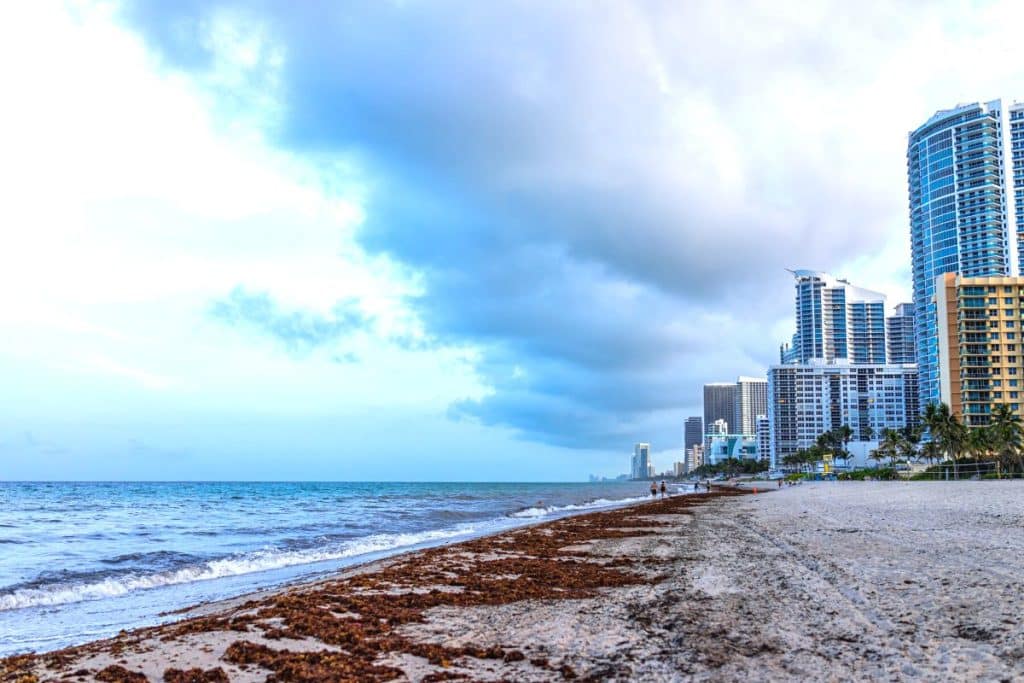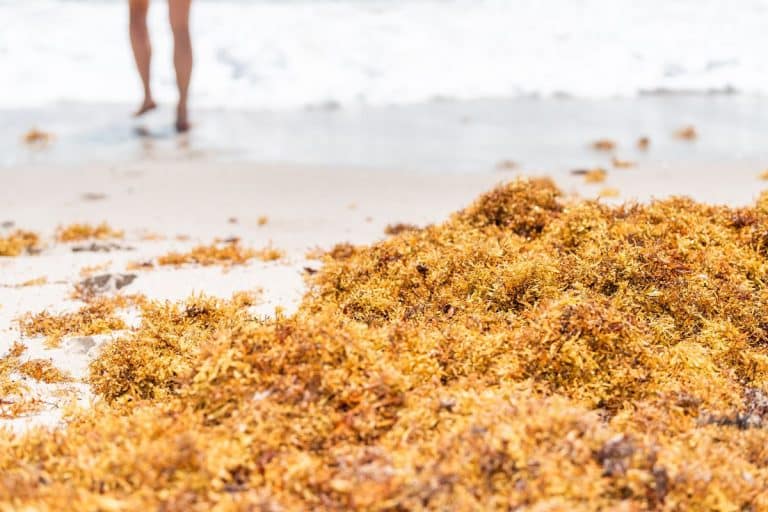According to the University of South Florida, an accumulation of sargassum seaweed that is drifting toward Florida’s west coast in the Gulf of Mexico is likely to be the biggest one ever seen.
The size of the sargassum bloom is anticipated to increase, probably peaking in June or July. According to college experts, large-scale strandings are “inevitable” along the east coast of Florida, on the ocean side of the Florida Keys, and in the Caribbean. Major impacts are expected in the coming months, although the exact timing is difficult to predict.
The National Oceanic and Atmospheric Administration (NOAA,) states that the wind, wave, and tidal factors will determine whether it is possible to beach in Florida.
“Given the complexity of its motion, growth, and decay, it is not possible to forecast the timing of beaching,” NOAA said. “However, given the size and number of the current Sargassum patches, there is a strong chance that Sargassum carried by the Florida Current may reach the Florida coast despite wind and wave conditions.”
Since 2011, according to the NOAA, large accumulations of the algae have been a persistent issue in the Caribbean, the Gulf of Mexico, and the tropical Atlantic.

After washing ashore, it can cause some major issues. Sargassum begins to smell like rotten eggs as it begins to decompose. According to Florida health officials, the hydrogen sulfide released when sargassum decomposes can irritate the eyes, nose, and throat. For people who have asthma, it might be worse.
Health authorities advise against touching or swimming near the seaweed when people visit beaches after Sargassum has washed up. Organisms living in the seaweed, such as jellyfish larvae, can irritate the epidermis.

